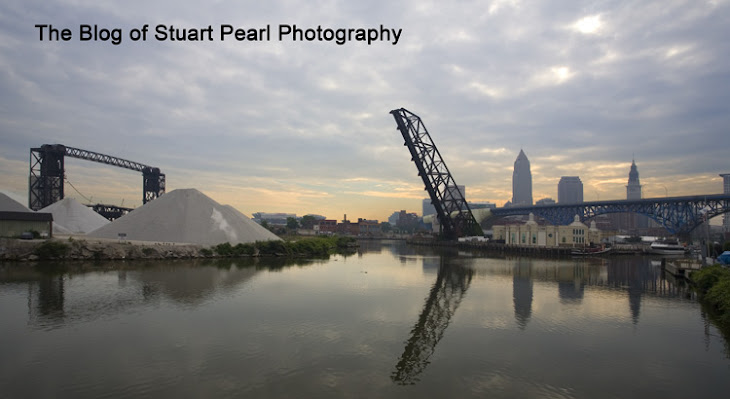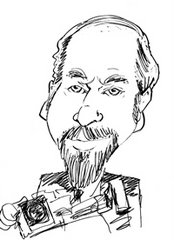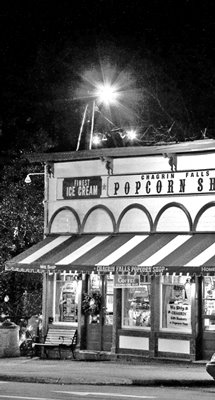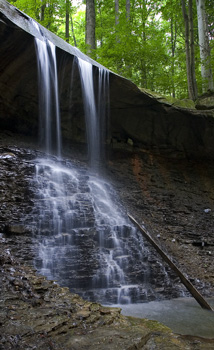
© 2007 Stuart Pearl http://www.pearlphoto.com/
We’ve all had our favorite teachers. One of mine was Michael Kuzma. He was an excellent photography professor at Miami University more than 30 years ago. Mike taught me advanced camera technique as well as a solid regimen of darkroom and lighting skills. Some of his words stay with me today:
“The main impact of a color photo is often the color itself. But the striking feature of a good black and white image is usually the subject matter or the message that the artist is trying to convey.”
We’ve all had our favorite teachers. One of mine was Michael Kuzma. He was an excellent photography professor at Miami University more than 30 years ago. Mike taught me advanced camera technique as well as a solid regimen of darkroom and lighting skills. Some of his words stay with me today:
“The main impact of a color photo is often the color itself. But the striking feature of a good black and white image is usually the subject matter or the message that the artist is trying to convey.”
 Consider these two pictures. They both show Cleveland’s Inner Harbor with the Rock and Roll Hall of Fame on the right and William Mather freighter to the left.
Consider these two pictures. They both show Cleveland’s Inner Harbor with the Rock and Roll Hall of Fame on the right and William Mather freighter to the left.The city is noted for it’s changeable weather and that day experienced a mix of sun and fog. Although both pictures were created from the same digital file, I “finished” them in different ways: one is displayed in its original color while the other was converted to black and white. The result conveys two entirely different moods.
The color version reminds me of a soft watercolor painting. It’s tonal “feel” is reminiscent of the 19th century painters except for the contradiction caused by the modern architectural shapes and sharp angles. I feel this visual conflict makes the picture even more interesting. The black and white version has a completely different mood. Instead of warmth and wistfulness it conveys a sense of foreboding and potential danger. It could be the jacket cover for a detective novel or a movie poster introducing a movie thriller.
Software like Photoshop enables us to manipulate images in ways similar to the techniques used in traditional wet darkrooms. At the very least it enables us to modify saturation, contrast and exposure as well as highlight and shadow detail. In the extreme we can develop Dali-esque abstractions. Beautiful and fanciful images can be created as well as the stuff of nightmares.
Perhaps we are giving up the magic of seeing an image slowly appear in the darkroom tray. In exchange though, the technology of digital has made it easier to experiment with our imagination and see those results almost instantly.














